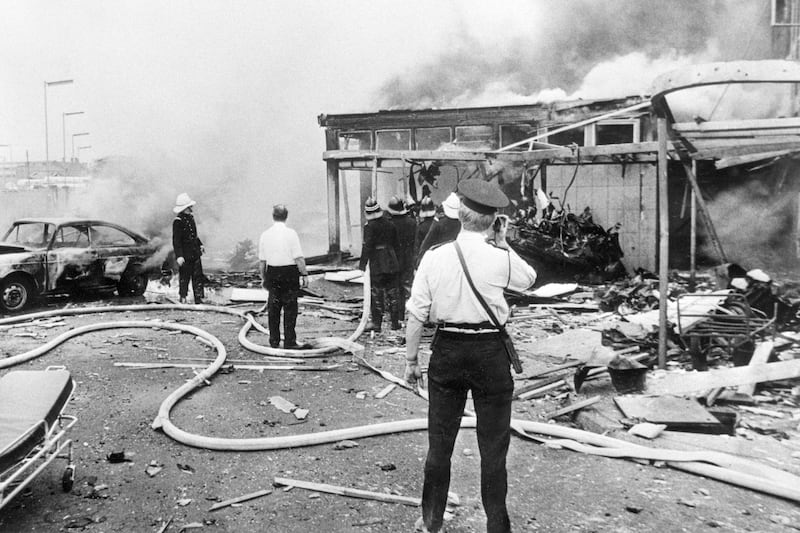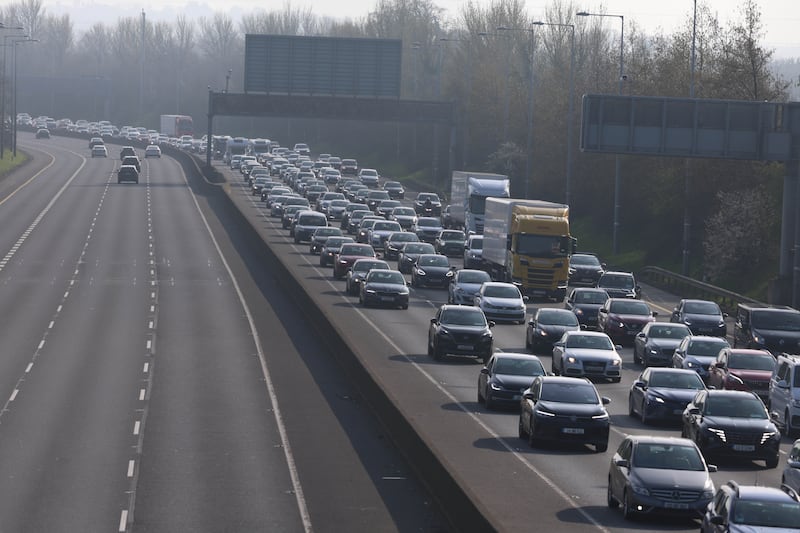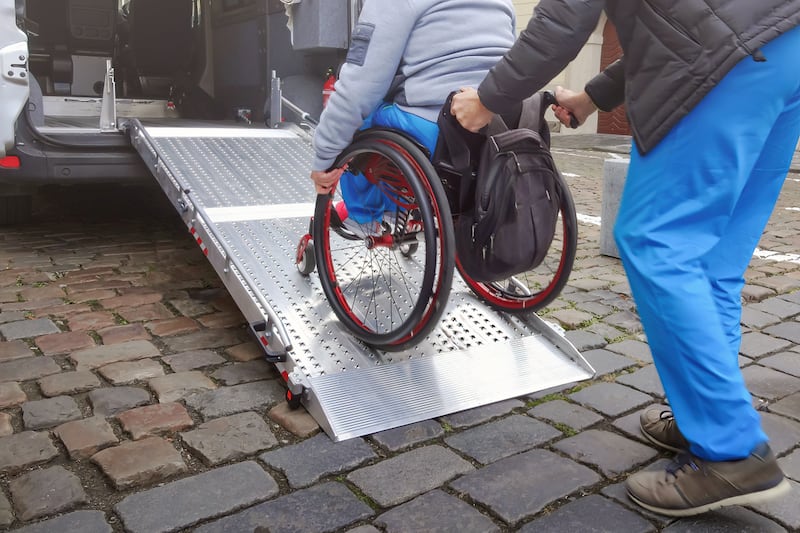In tackling one crisis can we avoid exacerbating another one? It’s a question the State and the construction industry face with the mammoth task of providing 400,000 extra homes in the next decade. If these were all newly built at the low density of our existing suburbs, they would cover an area of land just under 350sq km, about a third the size of Co Dublin, according to figures from the Irish Green Building Council.
So no more sprawl. Comfortable, energy-efficient homes retrofitted into existing buildings or newly built in the right places with great transport links will make towns and cities more liveable. But we also need to take biodiversity into account. We can’t build like we used to, ignoring loss of green space, habitat for birds, insects and other wildlife, the sealing of soil with hard surfaces. These practices exacerbate flooding and the heat island effect (which sees urban areas become significantly hotter in summer) and kill the soil’s ability to absorb carbon.
[ Ireland is building too many large detached houses, says construction bodyOpens in new window ]
The council has put together a “community of practice” of people working in construction, development and local authorities headed up by Susan Vickers, energy and environmental manager with Clúid Housing. In May, the council published a fact sheet for developers and builders. The council’s biodiversity lead, Marion Jammet, explained that biodiversity was now part of the assessment of the sustainability of development. Without an ecological assessment on biodiversity, homes would not receive their sustainable Home Performance Index cert, she explained.
Change is coming in how we think about the relationship of nature and buildings, Jammet said. From November in the UK developers will have to show a biodiversity net gain (BNG) as a way of “making sure the habitat for wildlife is in a better state than it was before development”. This net gain can be on the site itself, adjacent to it or in another location. It’s an approach that can increase the value of housing and the health of the people who live there with nature-based amenities on their doorsteps.
RM Block
Greener building will also mean measuring embodied carbon, the term that describes the carbon emissions from mining the materials for a building, manufacturing them, transporting them and building them. About 11 per cent of global carbon emissions are associated with embodied carbon from new construction. “UCD research has shown that the embodied carbon emissions of a deep retrofit is about a quarter that of a new build,” Jammet said. In Scandinavia, the Netherlands and France it is becoming mandatory to measure the embodied carbon of construction. Once measured there will be a move to limit this pollution per square metre so that everything we build into the future will have a lower impact.
It’s a proper “build back better” change that could really green our construction industry.





















